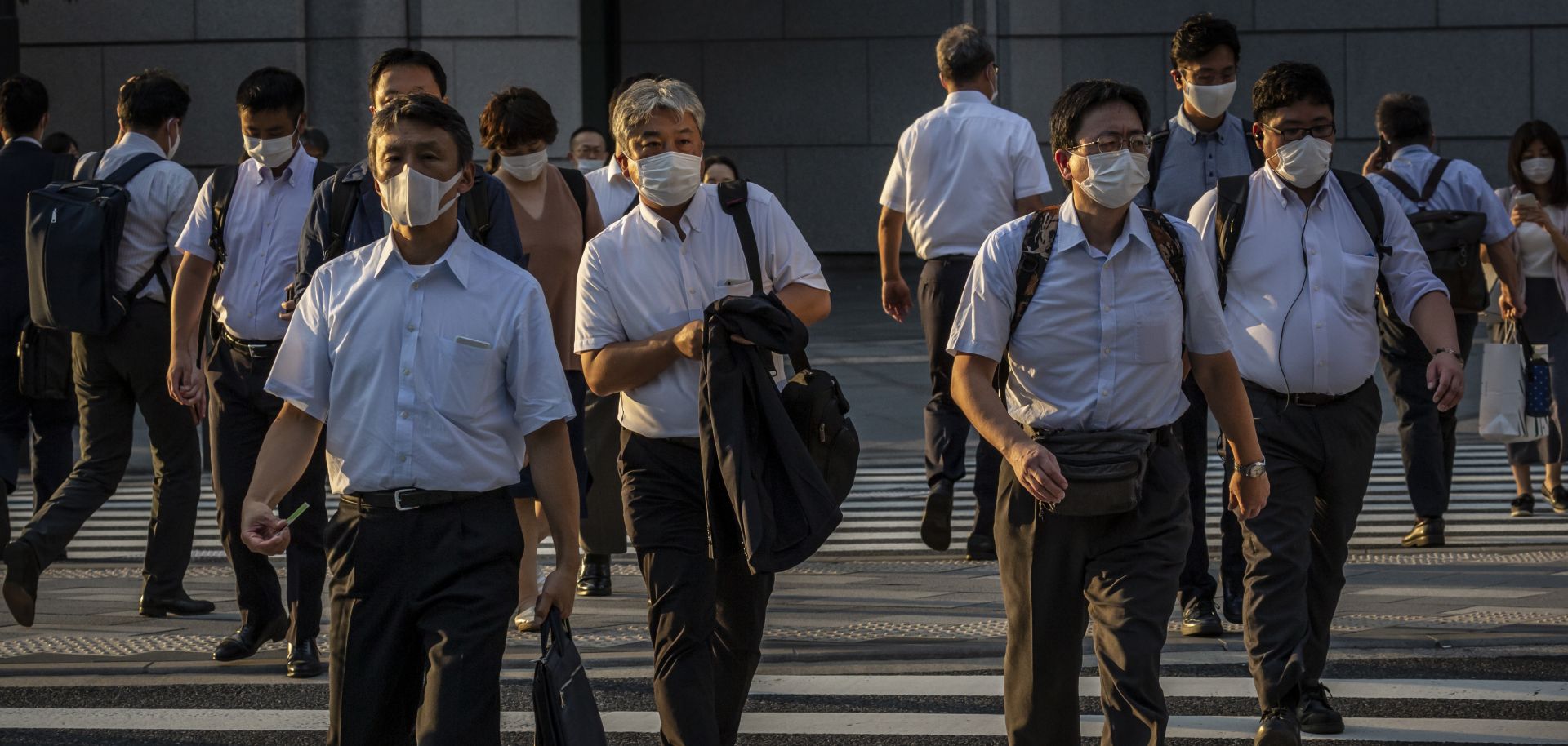The World Investment Report 2021 recently released by the U.N. Conference on Trade and Development (UNTAD) showed a precipitous decline in global foreign direct investment (FDI) during the COVID-19 pandemic in 2020, dropping from $1.5 trillion in 2019 to about $500 billion. Developed economies were hit hardest, with FDI falling 58% due to “corporate restructuring” and decreased “intra-firm financial flows.” Total flows to emerging markets and developing economies (EMDEs) held up relatively well, declining by only 8% as a result of a 4% increase to Asia. In contrast, investment levels in Latin America were down 45% last year, with Brazil and Peru seeing their lowest levels of FDI in 20 years. These estimates, however, are still an improvement over UNCTAD’s evaluation in January that global FDI was down by 42% in 2020. In addition, global FDI is expected to increase 10-15% in 2021. And with a further increase in 2022, overall FDI could be back to 2019 levels by the end of 2022.

The drop in FDI is what permanent “scarring” from the pandemic looks like. There was a large collapse in investment to sectors relevant to the United Nations’ Sustainable Development Goals, setting back further the likelihood of achieving those. According to the U.N. investment report, the “relatively modest recovery in global FDI projected for 2021 reflects lingering uncertainty about access to vaccines, the emergence of virus mutations and the reopening of economic sectors.” Risk appetite among portfolio investors underpins capital flows to EMDEs. Unlike FDI however, those add to debt and increase the risk of financial instability, if not systemically then at least on an individual country level.



